Tag: cello
-
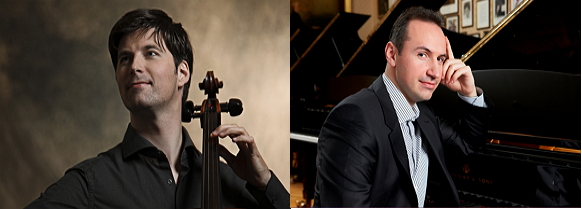
PROGRAM NOTES: DANIEL MÜLLER-SCHOTT & SIMON TRPČESKI
Ludwig van Beethoven Sonata for cello & piano in C major, Op. 102, No. 1 Those who think of sonata form as a well-organized dinner plate – with the red meat in one corner, the mashed potatoes stationed opposite, and peas or broccoli distributed neatly over the remaining space – might be forgiven for thinking…
-
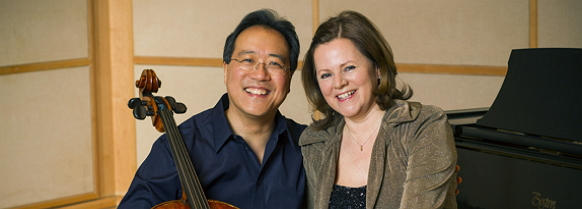
PROGRAM NOTES: YO-YO MA & KATHRYN STOTT
Igor Stravinsky Suite Italienne At the end of the Great War Igor Stravinsky underwent a radical shift in his compositional techniques and aesthetic aims. Gone were the gargantuan orchestras that had performed the lush, colorful scores of his pre-War ballets Firebird and Petrushka. Gone, as well, the dense chord structures and revolutionary rhythmic tumult that…
-
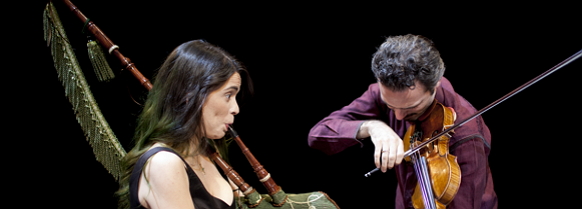
PROGRAM NOTES: THE SILK ROAD ENSEMBLE
For nearly two thousand years (ending in the 14th century), the historical Silk Road, a series of land and sea trade routes, crisscrossed Eurasia, enabling the exchange of goods and innovations from Japan to the Mediterranean Sea. Over the centuries, many important scientific and technological innovations migrated to the West along the Silk Road,…
-
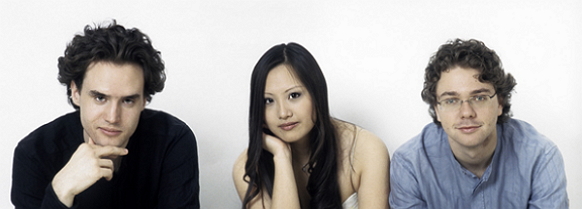
PROGRAM NOTES: SITKOVETSKY TRIO
Johannes Brahms: Piano Trio no. 3 in C minor, Op. 101 This is the last work Brahms wrote for the piano trio. It is a magnificent work in every respect, from the sharply etched melodies to the concision and masterly manner in which they are handled. It is also one of Brahms’s most compact…
-

PROGRAM NOTES: NAREK HAKHNAZARYAN
César Franck: Sonata in A major For most of his life, Franck led a relatively quiet existence as an organist and pedagogue, emerging from obscurity as a composer only near the end of his life. His only violin sonata (which has also been arranged for numerous other instruments, notably flute, viola and cello) was created…
-
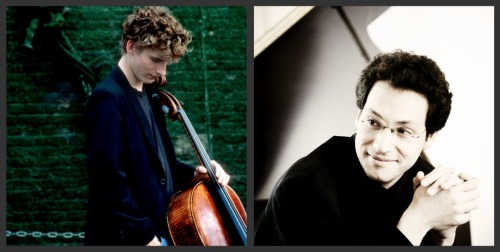
PROGRAM NOTES: ANDREAS BRANTELID & SHAI WOSNER
Claude Debussy: Sonata for Cello and Piano Few works of Claude Debussy (1862-1918) bear generic titles like symphony, quartet, concerto or sonata. Most have descriptive or evocative titles like Printemps, Jeux, Claire de lune, La mer, Nocturnes or Ibéria. Since chamber music tends, more than any other, to rely on the traditional forms of classical…

